Britain’s Forgotten Fleet and Victory Over Japan
In our August and September 2020 editions Iain Ballantyne tells story of the British Pacific Fleet (BPF) in combat during the final phase of WW2, as the Allies seek to defeat the Empire of Japan. This article is an edited extract from both part one of our BPF series and also part two. For the full versions of the articles buy the August and September 2020 editions of this magazine. The final part of our series on the BPF and the end of WW2 in the Pacific will be in the October edition.
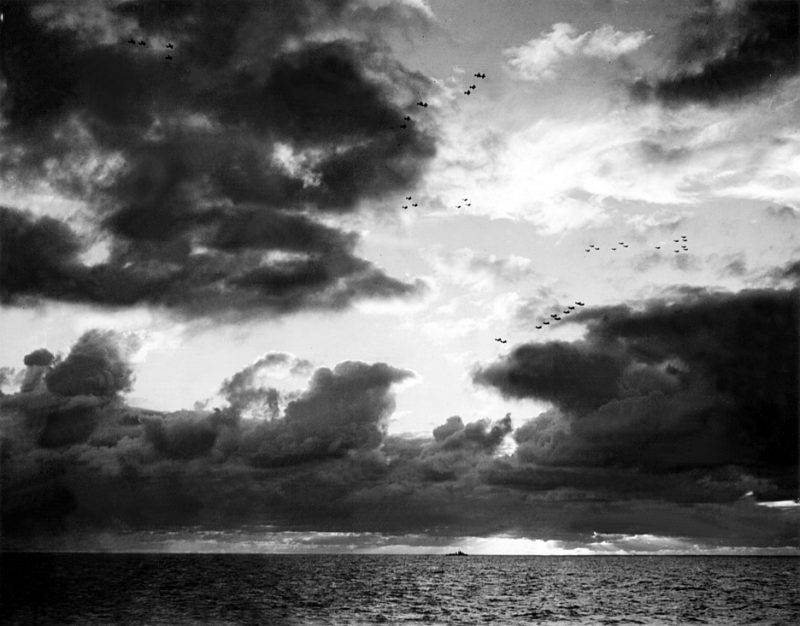
The vast spaces of the Pacific and Indian oceans meant the Allies had to invest heavily in floating airfields if they wanted to carry the war to the Japanese home islands and defeat the many scattered enemy garrisons in numerous occupied territories.
That realisation had prompted a vigorous programme of constructing aircraft carriers from which to launch the naval air arms of the US Navy and Royal Navy. In the end the BPF would send into action six modern fleet carriers with armoured flight-decks.
As the BPF worked up for combat operations off Japan, raids were mounted against refineries at Palembang in early 1945. More than half of the oil needed to fuel the enemy’s war effort was produced, and more importantly refined in, the Dutch East Indies, so hitting it hard was of vital importance.
One of those at the controls of an Avenger dive-bomber during the Palembang raid was Roy Hawkes who, to plant his bombs on target, had to fly through the middle of a whirling dogfight between his own fighters and those of the Japanese. “It was like an enormous air display,” he would recall. “There were bandits and bogies everywhere and also high-level flak. To cap it all there were barrage balloons floating about under wires that could shear your wings off.”
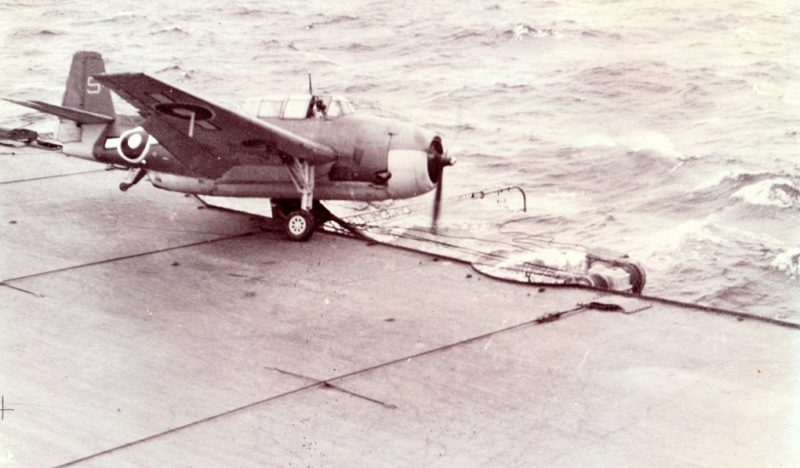
And so, it was, as he plunged down through all that, Sub Lieutenant Hawkes saw some of his comrades in arms spinning to their deaths as the wings of their aircraft were sliced off. However, Hawkes got his bombs away and returned safely to HMS Indefatigable.
On March 26, 1945 a fearful new baptism of fire would be provided for the fleet carriers Illustrious, Indomitable, Victorious and Indefatigable which, along with their combined 218 aircraft and escort ships, were known as Task Force 57 (TF-57) when working tightly with the Americans.
The BPF would win its spurs in the big league by neutralising the enemy airfields of Sakashima Gunto, a set of islands that lie between Okinawa and Formosa. The British carriers lost 17 aircraft in the first two days of strikes, most of them, however, in deck landing accidents or ditching. They did destroy 18 of the enemy’s aircraft and damage the airfields.
On April 1 there were reprisals on the British ships, which would see the fighters of Indefatigable pouncing on intruders as the struggle for control of seas off the island of Okinawa unfolded. In his Seafire, engaged in a dogfight above the fleet, was Sub Lt Dickie Reynolds who squeezed off a burst of machine gun fire, shredding a Zero’s wings. Despite this, it still twisted and turned, with Reynolds trying to hold the Japanese plane long enough to finish it off. Suddenly, the Zero went into a steep dive and, fearing that he might be shot down by his own ship, Sub Lt Reynolds pulled away.
He was horrified to see the Zero hit a carrier and explode. Realising the victim was his own vessel, he felt sick. But there was work to be done, and soon Reynolds spotted a Japanese aircraft climbing away from dropping a bomb on the destroyer HMS Ulster. Having sent that enemy cart-wheeling into the sea, Reynolds clawed his way up through the flak above the battleship HMS King George V, heading back for the high-level dogfight.
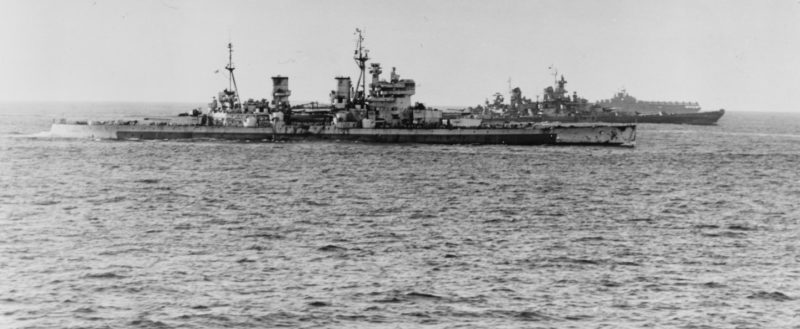
When he landed back aboard Indefatigable, Sub Lt Reynolds saw that the control tower had been hit by the enemy aircraft he’d shot down. Feeling terribly guilty, he found out that, actually, the enemy aircraft hadn’t hit his ship because of what he had done, but was a kamikaze. “I was very glad he had done it himself and I hadn’t caused him to crash,” Reynolds recalled. “It had started out as a beautiful day but ended up pretty horrible, with a few good blokes on our ship buying the farm [killed] when the kamikaze hit.”
Despite the damage and death inflicted on Indefatigable, she was back in action within an hour, while Victorious was luckier. Hit by a suicide plane, it just glanced off her flight-deck and plunged into the sea. On April 6, Illustrious had a similar lucky escape after her guns hit a kamikaze just in time to save the ship, but this was nothing compared to what was happening off Okinawa itself at that time.

The US Navy was facing assaults by hundreds of conventional bombers and suicide planes, with ships sunk or badly damaged and hundreds of men killed at sea. Meanwhile, on April 11 the British carriers launched raids against enemy targets in Formosa, targeting an airfield before switching back to attacks on Sakashima Gunto.
When they finally concluded this intense period of combat, the British carriers had been at sea for 32 days, facing both kamikazes and rocket-propelled piloted missiles. They had, in turn, flown 2,444 sorties and lost 57 aircraft along with many fine young aviators. Ahead beckoned an involvement in the main effort against the enemy home islands. Admiral Sir Bernard Rawlings, the at-sea boss of TF-57, withdrew it to the Philippines for a rest period, with Illustrious receiving proper repairs from the floating workshops of the fleet train, a job that took less than a week.
After their stand-down at Leyte Gulf in the Philippines – to rest their ship’s companies and also for the vessels to receive repairs and maintenance – the carriers of the BPF’s Task Force 57 (TF-57) were to be sent back into the fray. The venerable HMS Illustrious was not with them, for she had been withdrawn from the campaign. First commissioned in May 1940, she had battle scars from past battles against the Germans in the Mediterranean and a lot of miles on her clock.
Her major early April 1945 damage was under the waterline, caused when a kamikaze aircraft ploughed into the sea close to the ship and its weapon detonated. At Leyte Gulf an inspection revealed the damage was worse than had been thought. After calling at Sydney in late May, the Illustrious headed back to the UK, careful to not go more than 19 knots.
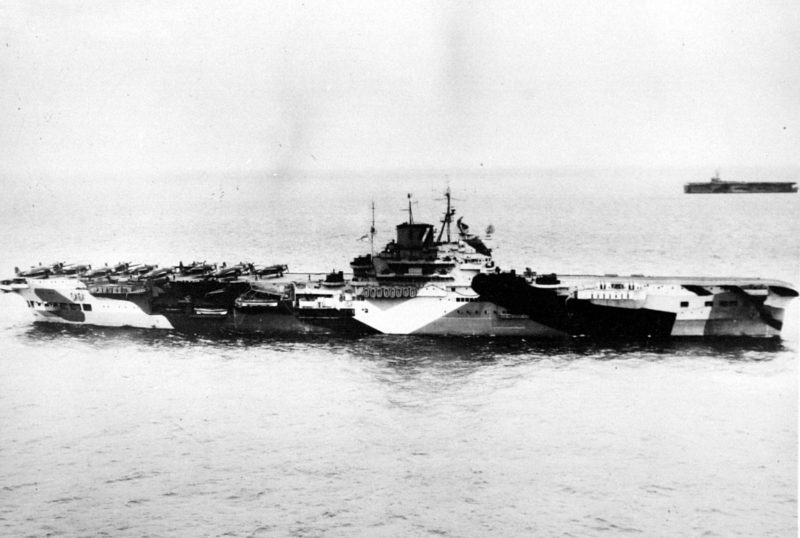
In the meantime, the carriers Victorious, Indefatigable, Formidable and Indomitable had returned to action off Japan. TF-57’s carriers were again engaged again in operations against enemy targets in the Sakishima Gunto island group. The British carriers also provided a protective umbrella over the battleships HMS King George V and HMS Howe when they weighed in with their big guns to pummel enemy airfields. The carrier aircraft additionally helped to spot the targets.
TF-57 boss Admiral Rawlings was anxious to increase the devastation inflicted, so not only took both the battleships but also five cruisers in to mount bombardments. It was an error, for it left the carriers themselves without the layers of protection those cruisers would have provided against a series of kamikaze attacks during the period May 4 – 9.
Indomitable was hit twice and though she continued operations in the short term, was ultimately withdrawn for a refit in Sydney. The newly arrived carrier HMS Implacable would fill the gap from July. However, the punishment was not restricted to just one of the BPF’s carriers. Formidable received serious hits from kamikazes, with three men killed and 47 injured in one attack and additional damage five days later, plus another death. Victorious also weathered multiple kamikaze attacks and was hit three times, suffering three killed and 19 wounded. As with the other British carriers, flying operations were resumed within hours due to the tough armoured flight-decks of the ships.
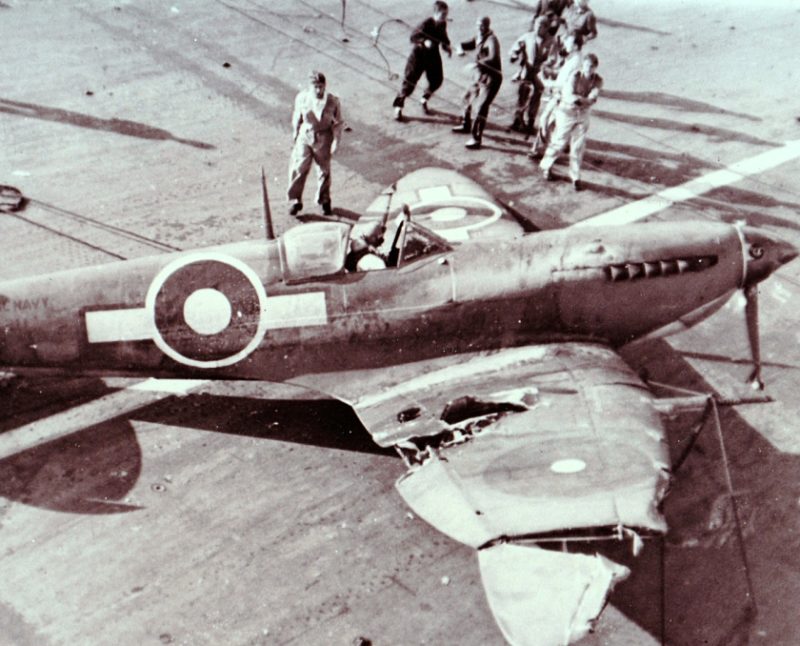
Royal Marine Len Nicholl was aboard HMS Victorious during the May 9 kamikaze attacks.
He was crewing an anti-aircraft (AA) gun in an exposed position on the rim of the flight-deck, which gave him a grandstand view of the suicide attacks that walloped Victorious.
“One hit the ship forward and killed lads on A turret on the port side and their officer later died of his wounds,” Nicholl recalled.
He added: “Another lad that got killed in an attack was on his own in a gun position. The kamikaze plane just skidded across the deck, as its bomb didn’t explode. It slid off over the side. Some of the lads on my gun deck fired their Oerlikons [AA guns] at the wreckage as it was going past. I saw the Formidable hit with two suicide aircraft and the smoke and flames that came up from that was terrific. You’d have thought she would have been out of action for the rest of the war but she wasn’t. We were getting hit by these suicide attacks as they celebrated the end of the war in Europe. You can imagine our feelings about that. The kamikazes were so fanatical. They didn’t believe in capitulating, did they?”
In June the British task force again stood down from operations, this time heading for Sydney in Australia for repairs and maintenance, with the promise of a good run ashore for the men. It was, however, only to be a brief respite from combat.


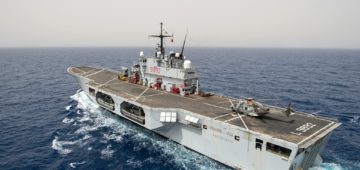

Comments
Sorry, comments are closed for this item